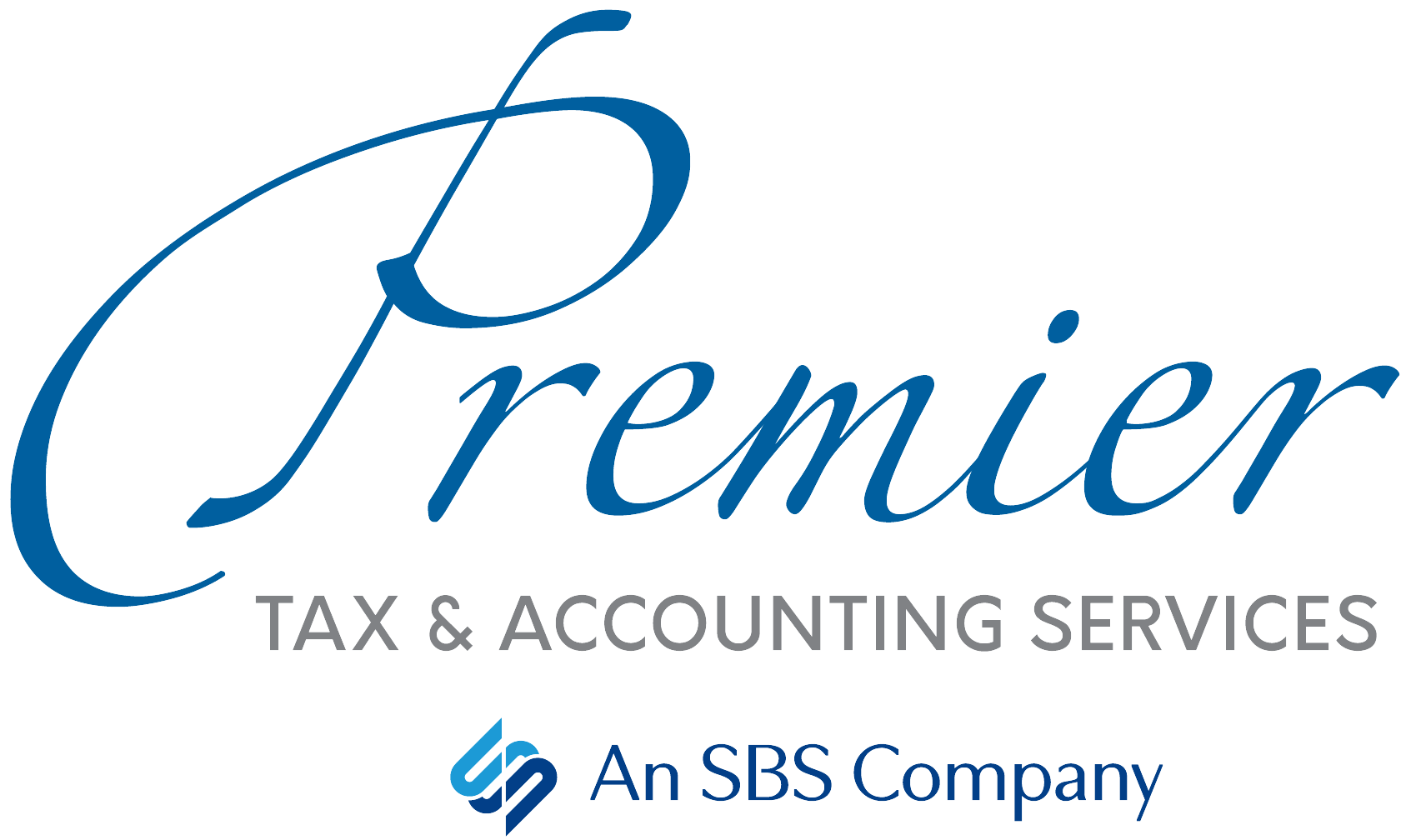Retirement may be closer than you think — especially if you’re saving money now just for that purpose. An Individual Retirement Arrangement (IRA) can be a smart way to save because it provides tax incentives to help you on your path. And IRAs are easy to set up with a bank or other financial institution, a life insurance company, a mutual fund or a stockbroker.
What You Need to Know About IRAs
If you have a Traditional IRA, you may be able to deduct your contributions from your taxes. Also, the interest and dividends earned in a Traditional IRA are not taxed until you withdraw them, typically when you’re retired and in a lower tax bracket.
If you have a Roth IRA, you are subject to similar restrictions as with a Traditional IRA. However, you cannot deduct your contributions. But qualified distributions from a Roth IRA are typically tax-free. And Roth IRAs do not require withdrawals until after the death of the owner.
A SIMPLE (Savings Incentive Match Plan for Employees) IRA or SEP (Simplified Employee Pension ) IRA can be set up for employees and employers to make contributions. These are often popular with smaller businesses. Ask your employer if one is available.
A CONTRIBUTION is the money that you put into your IRA. There are annual limits to the amount you can contribute depending on your age, income and type of IRA (see below for new 2022 limits).
A DISTRIBUTION is the amount you withdraw from your IRA. Keep in mind that you may face a 10% penalty and a tax bill if you withdraw money from your IRA before you turn 59½, unless you qualify for an exception. There are also required distributions from an IRA — in most cases, you generally must start taking withdrawals when you reach age 70½.
If you have one or more IRAs, you’ll need to let us know how much you contributed and/or withdrew during the year when we file your taxes next spring. Be sure to keep all the important paperwork related to your accounts. If you have any questions, we’ll be happy to help — just contact us here.
Retirement Plan Limits Increase for 2022
Due to cost-of-living adjustments, retirement plan contributions are increasing for tax year 2022. For example, the amount you can contribute to your 401(k) plan for 2022 will increase to $20,500, up from $19,500 for 2020 and 2021. This also includes 403(b), most 457 plans, and the federal government’s Thrift Savings Plan. The amount you can contribute to a SIMPLE retirement account increased to $14,000, up from $13,500.
The income phase-out ranges for deductible Traditional IRA contributions are increasing for 2022:
- For single taxpayers covered by a workplace retirement plan, the phase-out range increases to $68,000-$78,000, up from $66,000-$76,000.
- For married couples filing jointly, if the spouse making the IRA contribution is covered by a workplace retirement plan, to $109,000-$129,000, up from $105,000-$125,000.
- For an IRA contributor who is not covered by a workplace retirement plan and is married to someone who is covered, to $204,000-$214,000, up from $198,000-$208,000.
- For a married individual filing a separate return who is covered by a workplace retirement plan, it remains $0-$10,000.
The income phase-out range for Roth IRA contributions is increasing:
- For singles and heads of household, to $129,000-$144,000 up from $125,000-$140,000.
- For married couples filing jointly, to $204,000-$214,000, up from $198,000-$208,000.
- For a married individual filing a separate return, it remains $0-$10,000.
The income limit for the Saver’s Credit (Retirement Savings Contributions Credit) for low- and moderate-income workers is increasing:
- To $68,000 for married couples filing jointly (up from $66,000).
- To $51,000 for heads of household (up from $49,500).
- To $34,000 for singles and married individuals filing separately (up from $33,000).
Know Your Contribution Limits
The limit on the amount you can contribute annually to your IRA remains unchanged at $6,000. The IRA catch-up contribution limit for those age 50+ also remains at $1,000. The catch-up contribution limit for employees age 50+ for 401(k), 403(b), most 457 plans, and the Thrift Savings Plan remains unchanged at $6,500. Therefore, those 50+ can contribute up to $27,000 starting in 2022. The catch-up contribution limit for employees age 50+ and for SIMPLE plans also remains unchanged at $3,000.
Are You Eligible for the ODC?
The Credit for Other Dependents (ODC) is a tax credit for qualifying dependents who can’t be claimed for the Child Tax Credit. The maximum credit amount is $500 for dependents who meet these conditions:
- Age 17 or older.
- Have individual taxpayer identification numbers or Social Security numbers.
- Are dependent parents or other qualifying relatives you support.
- Are living with you but are not related to you.
You can claim this credit if:
- You claim the person as a dependent on your tax return.
- You cannot use the dependent to claim the Child Tax Credit or Additional Child Tax Credit.
- The dependent is a U.S. citizen, national or resident alien.
You can claim the Credit for Other Dependents in addition to the Child and Dependent Care Credit and the Earned Income Credit. Note that the credit begins to phase out, however, when your income is more than $200,000 ($400,000 for married filing jointly).
Let us know if you support other dependents in your household, and we’ll help you determine which credits apply on your next tax return.
IRS Video Tax Tip
If you have taxable income from any payer that doesn’t withhold tax for you, check out this IRS video to see if you need to make estimated tax payments.



